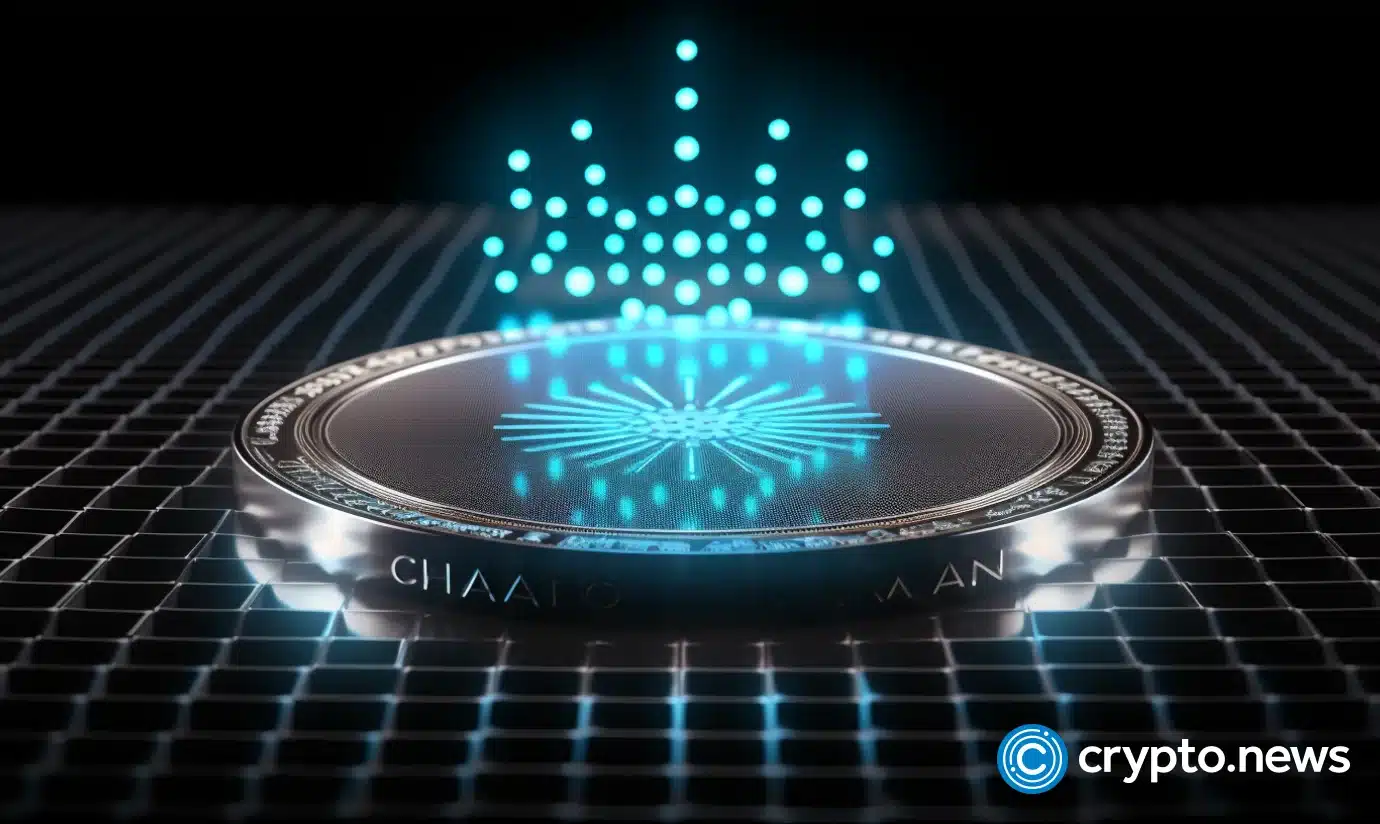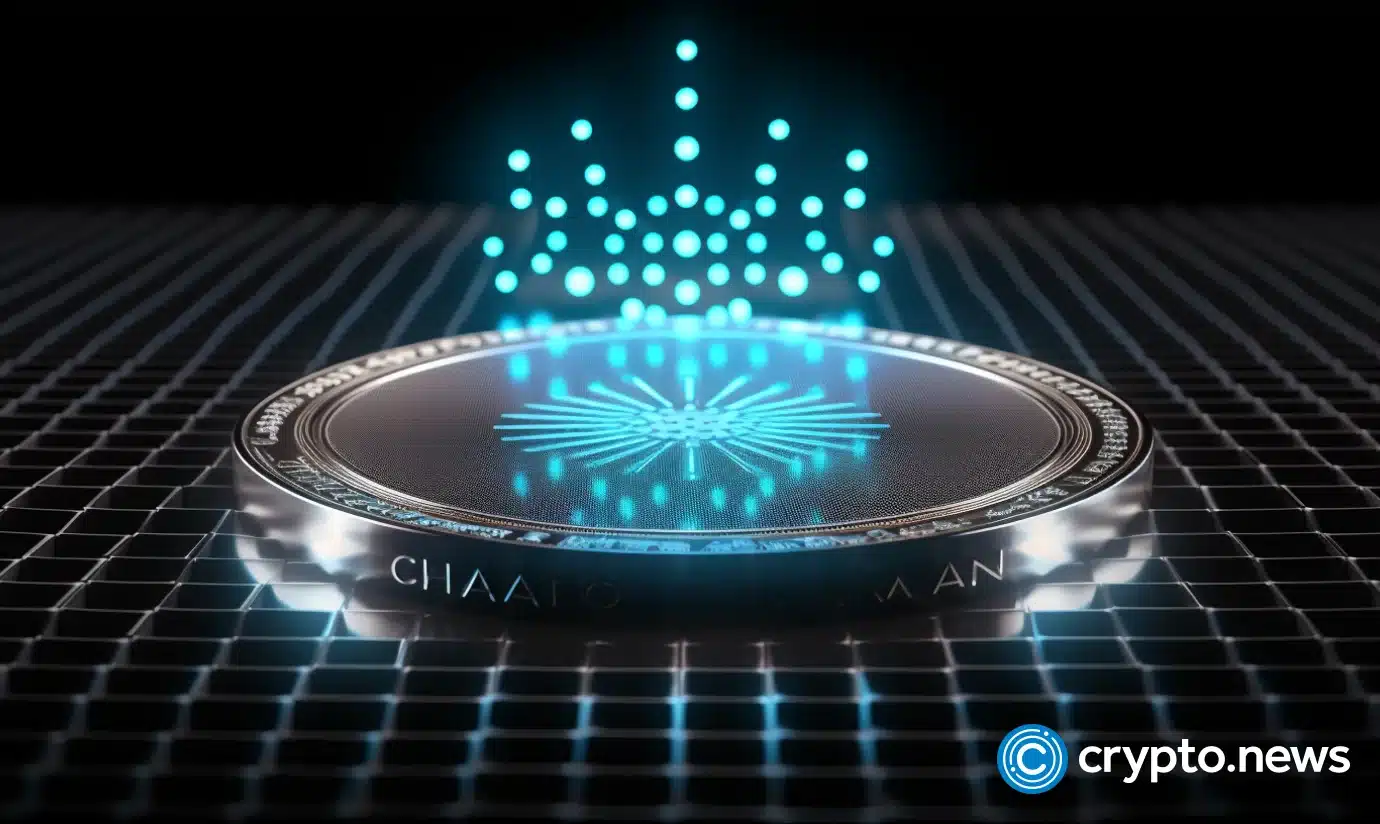
Cardano creator Charles Hoskinson addressed “FUD” (fear, uncertainty, and doubt) about the development project known as Hydra.
Hydra, a layer-two scaling solution designed to enhance the transaction processing capacity of the Cardano blockchain at a lower cost, was rumored to have been abandoned.
Hoskinson’s message conveyed a clear stance: Hydra “has never been more productive and motivated.” See below:
Hydra within Cardano serves as an open-source framework designed for crafting off-chain ledgers. Cardano claims it offers developers enhanced efficiency in leveraging blockchain technology
By facilitating the simultaneous processing of multiple transactions, this inventive protocol operates through independent state channels known as Hydra Heads. These heads manage transactions off-chain, ensuring swift and efficient operations while upholding Cardano’s decentralized principles.
In contrast to certain scalability solutions that compromise decentralization, Hydra aims to scale Cardano’s network securely by accommodating the addition of more heads as the network expands.
While Hydra promises improved scalability and efficiency, its success hinges on adoption by developers, businesses, and users to fully harness its advantages.
The research paper published by Cardano ADA provides insights into the technical complexities of Hydra, highlighting its capability to transform blockchain technology.
The founder’s involvement aims to dispel misconceptions and highlight Cardano’s dedication to promoting interoperability with prominent chains like Ethereum.
Hoskinson also took to X to address rumors about World Mobile:
Grayscale omits Cardano from GDIF
Grayscale’s Dynamic Income Fund (GDIF) recently excluded Cardano, prompting discussions within the crypto community.
Grayscale, a renowned investment firm, introduced the GDIF as a means for staking cryptocurrencies to generate income.
The fund initially comprises assets from nine blockchains, including Aptos, Celestia, Coinbase Staked Ethereum (CBETH), Cosmos, Near, Osmosis, Polkadot, SEI Network, and Solana.
GDIF aims to distribute rewards in U.S. dollars on a quarterly basis, providing investors with exposure to multi-asset staking through a single investment vehicle.
Cardano’s absence from the fund raised questions within the community. ADA’s yield, standing at 3.05%, was comparatively lower than other projects like Osmosis and Polkadot, which had higher yields at 16.52% and 10.76%, respectively.
The decision to include Solana and Ethereum in GDIF over Cardano reflects Grayscale’s strategy to prioritize projects with high returns and market capitalization.
Solana and Ethereum, with a combined worth exceeding $540 billion, are among the most traded coins in the market, making their inclusion logical from an investment perspective.
Inclusion could lead to price increases and enhanced security against 51% of attacks.













